Friday Feed: Australia’s new spin on gin just the tonic for local distillers
FRIDAY Feed: International awards are proving just the tonic for local gin distillers, writes Renata Gortan
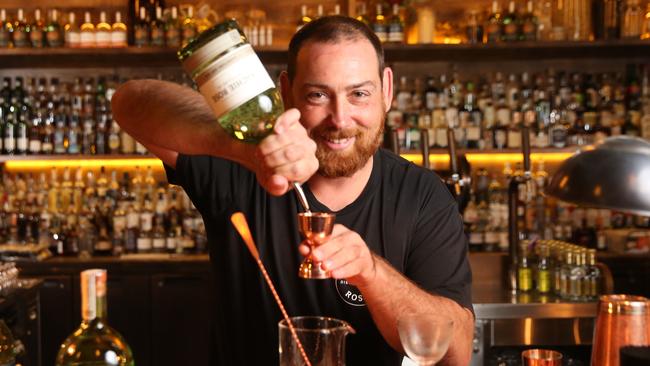
Sydney Taste
Don't miss out on the headlines from Sydney Taste. Followed categories will be added to My News.
WE MAY be a nation of beer drinkers but Australia’s gin makers are showing the world how it’s done in the distilling stakes.
Last week Rosebery craft distiller Archie Rose won best in class in the contemporary gin category at the coveted American Distilling Institute awards. Adelaide Hills’ 78 Degrees Gin did even better, taking out the prize for best international gin.
Gin must contain juniper, but everything else is fair game and Archie Rose’s Nigel Weisbaum believes Australian gins are unique because of the ingredients available to local distillers.
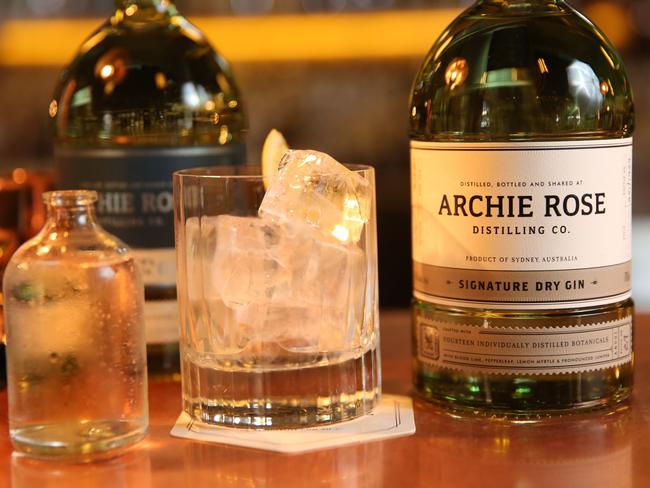
“What we have in Australia are raw ingredients you can’t find anywhere else in the world,” he says. “Lemon myrtle has five times the citrals of lemon zest, river mint has a more savoury flavour than regular mint and blood limes, a cross between a finger lime and mandarin, were created by the CSIRO in WA.
“These botanicals give our gins a really unique flavour profile; it’s a very Australian offering of a traditional English drink.”
Craft distilling is a young industry in Australia, with the first licences granted to Lark Distillery in Tasmania and Hoochery Distillery in WA in 1992.
“Doing smaller batches meant they could experiment more,” Weisbaum says.
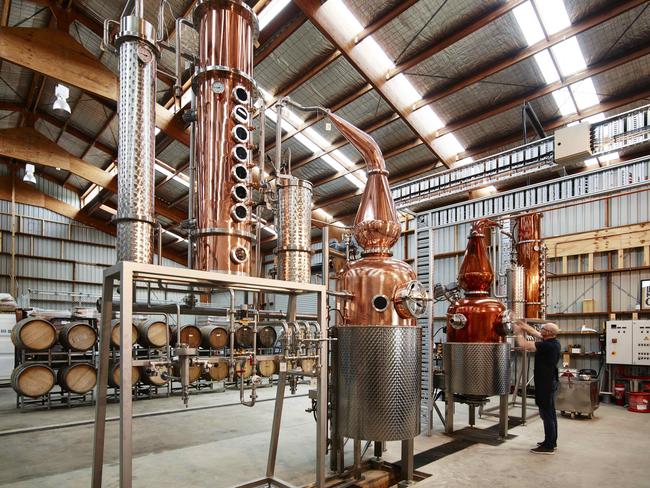
And forget the tradition of mixing gin with tonic. Weisbaum says the best way to drink the new gins is with soda water.
“Tonic water has its place, but many of the new world gins coming through now can have their flavour masked by tonic because there’s a lot of sugar in it,” he says.
Adelaide Hills Distillery’s co-owner Toby Kline agrees.
“(Water) allows for a better expression of the gin. When you add water to gin, it opens up the bouquet and flavour palate,” Kline says.
The distillery, founded in 2014 and home of 78 Degrees Gin, takes a winemaker’s approach to spirits.
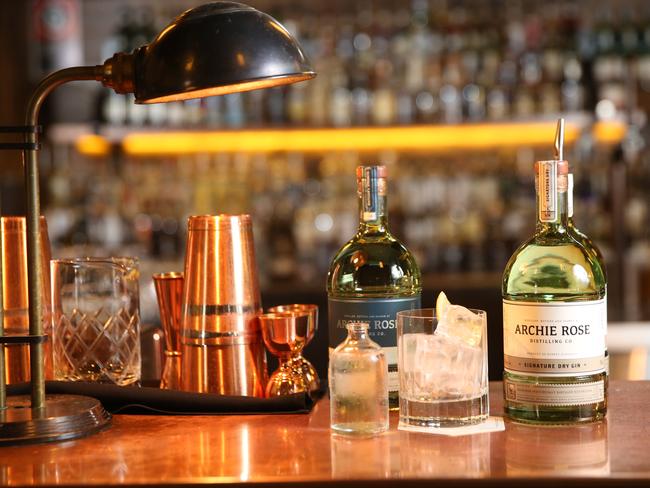
“The big thing that separates us is the process: we vapour distil each botanical individually,” Kline says.
“This allows us to house blend the gin so it’s consistent.”
Kline uses traditional botanicals and plays with indigenous ingredients such as coastal rosemary and green ants.
“We’re experimenting and having fun,” he says. “Gin is really just flavoured vodka that has to have juniper in it.”
LOCAL SPIRITS YOU NEED TO TRY
Red Hen Gin, Adelaide
Distilled in the traditional London Dry-style, it won Champion Small Batch Spirit and a gold medal in the Australian Distilled Spirits Awards (ADSA).
Broadside Navy Strength Gin, Margaret River, WA
This West Winds 58 per cent alcohol by volume gin just took out Champion Gin at the ADSA awards.
The Poltergeist Gin, Tasmania
An unfiltered, London Dry-style gin from Shene Estate Distillery, this small batch craft gin won gold at the 2017 World Gin Awards.
Brookie’s Byron Dry Gin, Byron Bay, From Cape Byron Distillery
This gin uses Australian native botanicals unique to the area, many harvested from the family farm.
Ink Gin, Northern Rivers of NSW
The deep-blue colour of this Husk Distillers gin is thanks to a flower petal infusion which turns pink when an acidic mixer is added.
Wildbrumby Gin, Jindabyne, NSW
The London Dry-style gin from the Wildbrumby Schnapps Distillery won a gold medal at the 2016 Melbourne International Spirits Competition.
Melbourne Dry Gin, Yarra Valley
Melbourne Gin Company uses local botanicals of macadamia, sandalwood, lemon myrtle, rosemary, grapefruit and organic navel orange, angelica root, orris root and cassia bark.
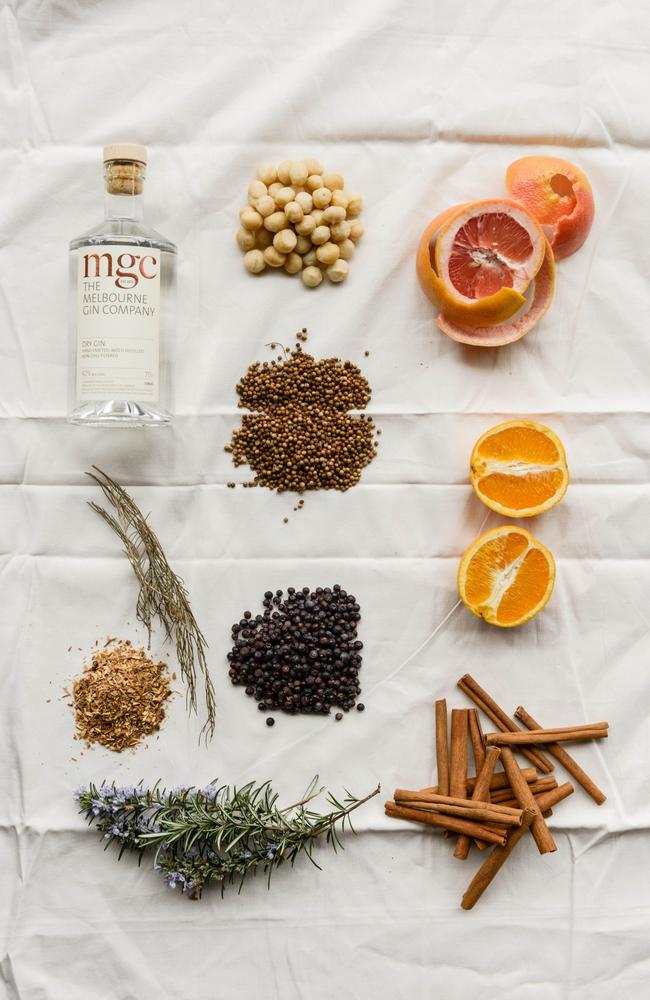
Four Pillars Gin, Yarra Valley
Established in 2013, it now makes nine varieties of gin, from an award-winning Rare Dry Gin to Barrel-Aged Gin plus fun combinations.
Dasher + Fisher, Tasmania
Coming from Southern Wild Distillery, the three gins in the range — Ocean, Mountain and Meadow — use locally sourced Tassie botanicals, lavender, wakame and native pepperberry.
Apple wood Gin, Adelaide Hills
The Applewood distillery makes this signature gin and develops small to medium batch spirits for other brands.
Wild Gin, Kangaroo Island, SA
Kangaroo Island Spirits’ award-winning Wild Gin is made with native juniper, O Gin with coastal daisybush, and its Mulberry Gin from local mulberries.


